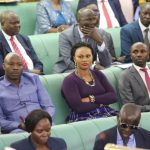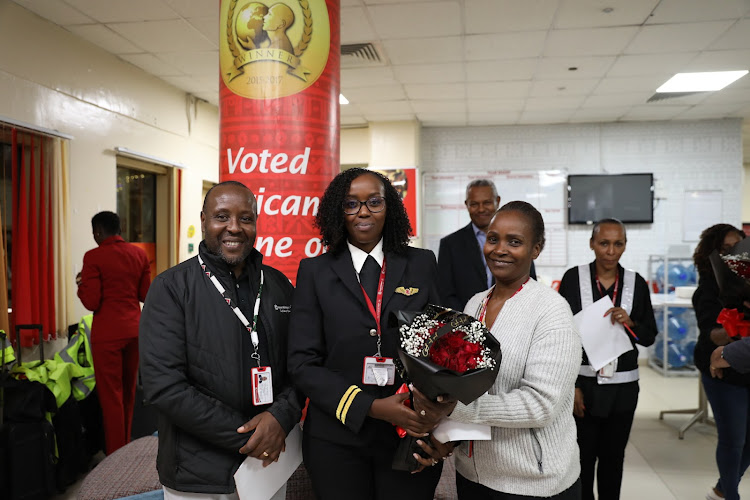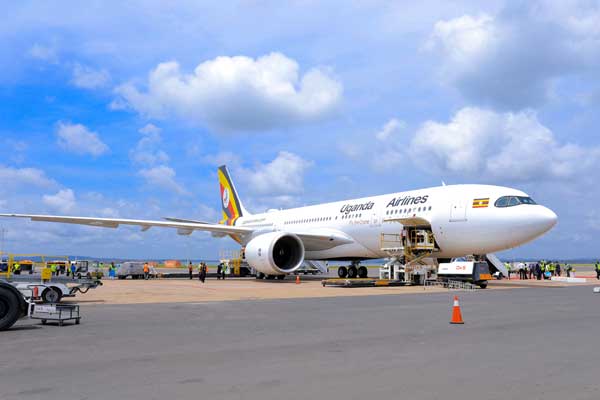The Ugandan government is contemplating the adoption of technology to streamline the tracking and conservation efforts of gorillas and other wildlife species. Information Minister Dr. Chris Baryomunsi revealed that this initiative aims to enhance the monitoring of wildlife movements and activities within protected areas such as national parks, game reserves, and Central Forest Reserves (CFRs).
Traditionally, guides relied on methods like tracking gorilla droppings during gorilla tracking, which can be challenging. Baryomunsi emphasized the need to modernize conservation strategies, citing the limitations of conventional approaches.
Speaking at the national conservation conference organized by the tourism ministry in collaboration with partners such as the World Wide Fund for Nature (WWF) Uganda and Nature Uganda, Baryomunsi stressed the importance of integrating technology into wildlife conservation and tourism. The conference, part of the World Wildlife Day celebrations slated for March 3, 2024, revolves around the theme “Connecting People and the Planet; Exploring Digital Innovations for Wildlife Conservation.”
Baryomunsi underscored the potential of trackers and monitoring devices to trace wildlife movements and habitat conditions more effectively than traditional methods. He advocated for the provision of internet access in protected areas to cater to tourists’ digital needs and to facilitate real-time monitoring of illegal activities like poaching.
The minister highlighted ongoing efforts to expand internet infrastructure and telecommunication networks in conservation areas to support these initiatives. By leveraging technology, authorities aim to combat poaching and monitor wildlife populations more efficiently.
Phillip Kihumuro, Forest Restoration Project Manager at WWF Uganda, emphasized the significance of technology in habitat preservation and restoration. He discussed the use of satellite imagery to identify deforestation hotspots and prioritize restoration efforts, citing the Bugoma-Kagombe landscape in Kagadi district as a focal area.
Kihumuro highlighted the role of technology in engaging local communities and promoting coexistence with nature. By identifying regions with high human activity, conservationists can tailor community engagement strategies to mitigate human-wildlife conflicts and foster sustainable practices.
Uganda Wildlife Authority (UWA) Executive Director Sam Mwandha emphasized the role of technology in monitoring wildlife habitats and deterring illicit activities. He mentioned the deployment of surveillance cameras and real-time monitoring systems to detect and apprehend intruders in national parks, contributing to wildlife preservation efforts.



















